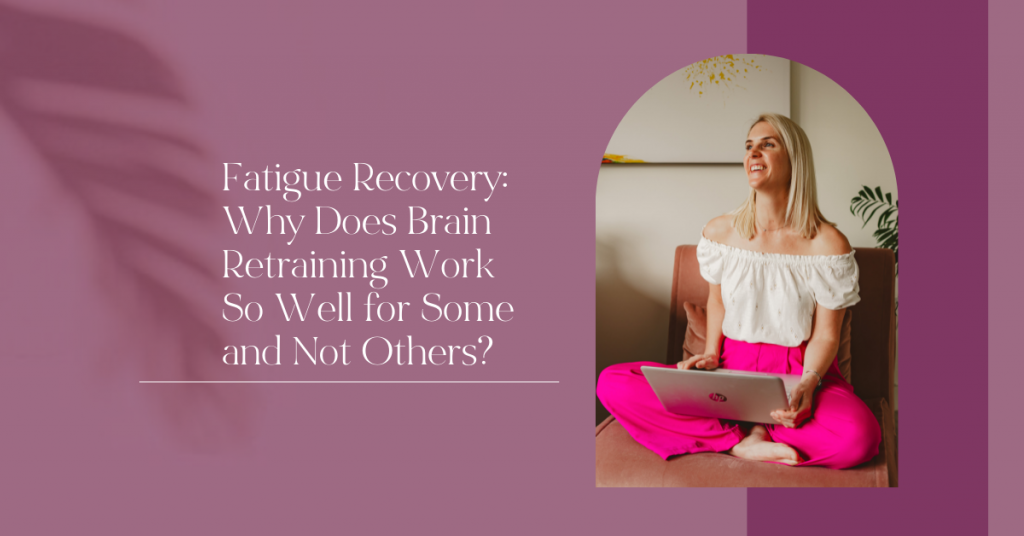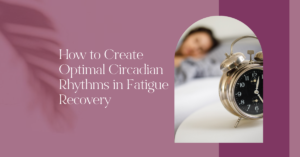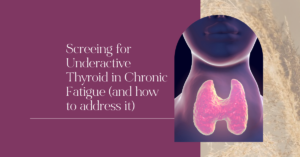Fatigue and Burnout recovery require the body to be in a healing state. When the nervous system is in fight, flight or freeze, energy is used to maintain the survival responses at the expense of healing.
Therefore, nervous system care is important to encourage the body to access its inner resourcefulness to heal.
But why do some people see better results than others?
Each nervous system is special and unique and therefore what support looks like for one system may be different to another. I love to guide my clients towards their own formula – we know when what we are doing is working because we feel it!
For simplicity sake, let’s assume that this piece is being taken care of and the body is receiving the appropriate kind of support.
Enter the cell danger response…
The Cell Danger Response.
The cell danger response (CDR) is a universal cellular response to threat. Once triggered, healing cannot be completed until all the stages have experienced resolution. Persistent activation inhibits healing and leads to chronic illness and dis-ease.
Possible triggers include:
- Toxins (environmental or microbial eg. endotoxins and mycotoxins)
- Infections (bacteria, viral, dysbiosis, fungal)
- Foods (e.g. gluten)
- Chronic Stress and Trauma
Once activated, certain changes occur in the body that are defensive in the short term, but dysfunctional if the body isn’t given the opportunity to return to balance.
If the CDR was triggered by an emotional stress or trauma and the body is able to find resolution, healing may occur.
If the CDR is triggered by a toxin exposure or an infection and these are resolved, one of two things can happen.
The body may naturally find resolution if the host has enough resilience.
OR
The Nervous System may become “stuck” in threat. This is when appropriate Nervous System Support can help to bring the body back to balance.
However, adding Nervous System Support when there is still an unresolved threat, such as:
- the body is still trying to deal with toxin exposure and / or still being exposed
- there is still an active infection
- you are still eating foods that are highly activating for your immune system
May offer support for the body, but not complete resolution.
The good news is that either way, nervous system care is important.
The degree of improvement, provided the appropriate care is given, may offer encouragement to look deeper for potential CDR triggers so that complete resolution can be achieved.
Do the nervous system work! I hope that it takes you all the way. If it doesn’t work or work as much as you would have liked, there is an opportunity here to ask more questions.
- Is there anything still triggering my system (food, toxins, trauma, microbes)?
- Is the support I am offering appropriate for my body right now?
- What is the next step?
What does appropriate support look like?
Nervous system care is the ultimate self-care!
In the fatigue recovery space there is a lot of emphasis on brain retraining and rewiring programs.
My experience of these programs is that most (not all) of them tend to focus on the Limbic System; which is concerned with memories, processing and emotions (I did a program which focussed on Limbic retraining and it helped me a lot but it did not help with everything).
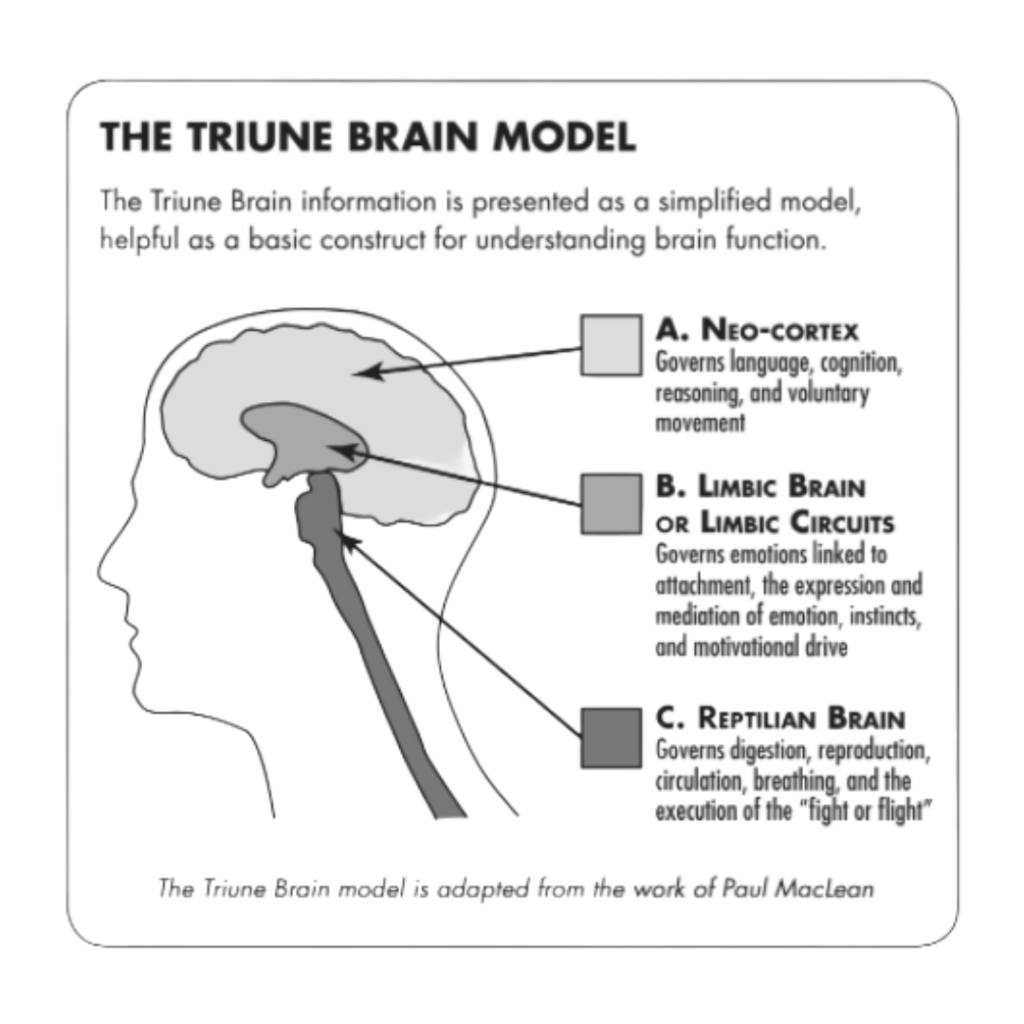
The Reptilian Brain, also known as the Primitive Brain, governs fight flight and freeze. Therefore, supporting the nervous system to get our of these stuck survival states means that we want to access the Reptilian Brain too.
Chronic stress and trauma puts the reptilian brain in a constant state of activation and these survival responses are highly energy demanding and prevent the body from accessing true rest and restoration.
Therefore, in addition to limbic retraining, we want to use somatic practices which create a more coherent connection between the thinking brain (neo-cortex), limbic brain and the reptilian brain.
My experience working with fatigue clients to date is that most do not have a huge amount of somatic awareness and when we start to engage the reptilian brain, profound shifts begin to happen.
We also just generally need to spend time relaxing, sleeping and resting. Many people with fatigue are told to rest. It is important to understand that resting is important and it engages the parasympathetic system – provided you can access true rest somatically.
Rest does not build capacity and stress tolerance but it does aid recovery and repair and overall healthy functioning of body systems.
Finally, we want to remove hidden stressors which could be constantly triggering the survival systems and CDR. This could be foods that the body is reacting to, environmental and microbial toxins (eg. mycotoxins and endotoxins) and infections (dysbiosis, yeast, parasites, bacteria).
When these systems have been active for a long time we may also need to nourish body systems back to optimal function. This might include:
- Mitochondria support
- Sex hormone support
- Digestive support
- Metabolic support and weight loss
- Supporting cell membrane health
In summary, a well rounded support plan is not brain retraining alone, there is obviously a certain degree of overlap in all support strategies, but if brain retraining is not getting you to 100% recovery, it might just be that there is more work to be done. Instead of letting this defeat you, it can be an opportunity to ask more questions.

